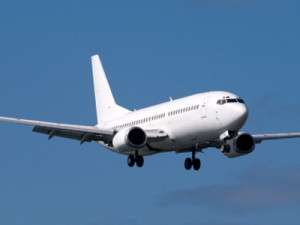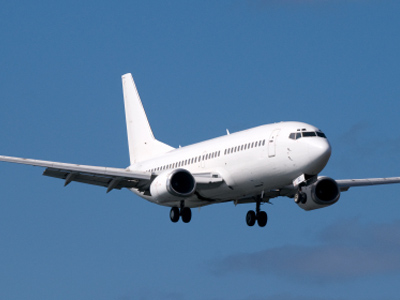
Transportation & Logistics Management Faculty Member, American Public University
Last August, the Department of Justice (DOJ) filed an antitrust lawsuit to block the proposed merger of US Airways and American Airlines. This action was the latest in a series of regulatory efforts to maintain a consumer-friendly airline industry in the U.S.
DOJ determined that the proposed merger would substantially lessen competition for commercial air travel. The main concern was that another merger would mean fewer choices for passengers, less competition, and higher prices.
The airlines and some industry analysts argued that merging the weaker airlines would promote a stronger industry. However, DOJ believed that US Airways and American were both well positioned to succeed on their own. DOJ sought a full-stop injunction.
The complaint filed in the U.S. District Court for the District of Columbia put forward that the merger would leave three very similar legacy carriers: United, Delta, and American. DOJ believed that while carriers such as Southwest and JetBlue Airlines offer competition on their routes, they possess a less extensive domestic and international route system than the legacy carriers. As a result, American Airlines would have no incentive to continue US Airway’s advantage pricing strategy.
Back in the 1970s, the Ford administration believed that the airline industry had to be deregulated to promote competition. A series of regulations, which were implemented to build a strong airline industry, ended up creating four large airline monopolies. It was difficult for new airlines to pass through entry barriers.
The Deregulation Act of 1978 was a very dramatic event in U.S. economic policy. It was the first of a broader movement to dismantle government control in not only the airline industry, but also the oil and gas industries, financial markets, telecommunication markets, and others. Airline deregulation took place in several steps from 1979 to 1984. The prevailing mindset was that having only four major airlines was not ideal in order to promote competitive pricing.
After deregulation, the industry experienced a high-level of growth. Start-up airlines were flourishing. Air fares dropped. A passenger could fly from New York City to Los Angeles for as low as $99. More people were flying than ever before.
Soon some of the start-up airlines complained about predatory practices by the big legacy carriers. With extensive route structures, the legacy carriers could afford to use cut-throat tactics in certain markets to eliminate competition. Legacy carriers preserved dominance in some cities through links with commuter airlines. Smaller start-up carriers could not compete and many had to close their doors.
As for the DOJ anti-trust suit to block the merger of US Airways and American Airlines, the court asserted that the potential benefits far outweighed the risk and uncertainties. On December 9, 2013 the merger became official.
Employees believe that both they and the passengers will benefit. Others continue to point to the potential for higher fares and reduced options for travelers. Only time will tell if, in this case, the benefits outweigh the risks.
About the Author
Due to her passion for the aviation industry Dr. Natoli pursued a doctoral degree in Organizational Leadership focusing on the airline industry. Her dissertation entitled, “A Study of the Relationship between Executive Leadership Behaviors and Airline Profitability,” revealed insightful strategies for improving airline senior leadership. Dr. Natoli brings 16 years’ expertise in the airline industry and in organizational management to Natoli Aviation Assessments. She understands corporate mergers and coordinating regulations between unions and the transportation industry. Dr. Natoli is a versatile strategist whose business solutions streamline operations, improve productivity, and increase profitability.

Comments are closed.